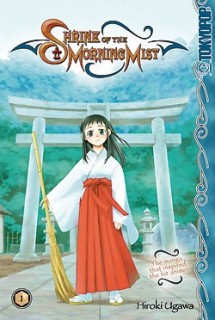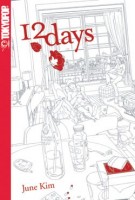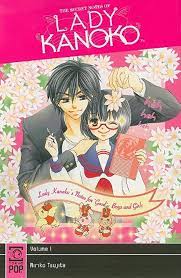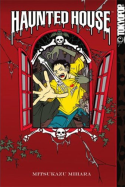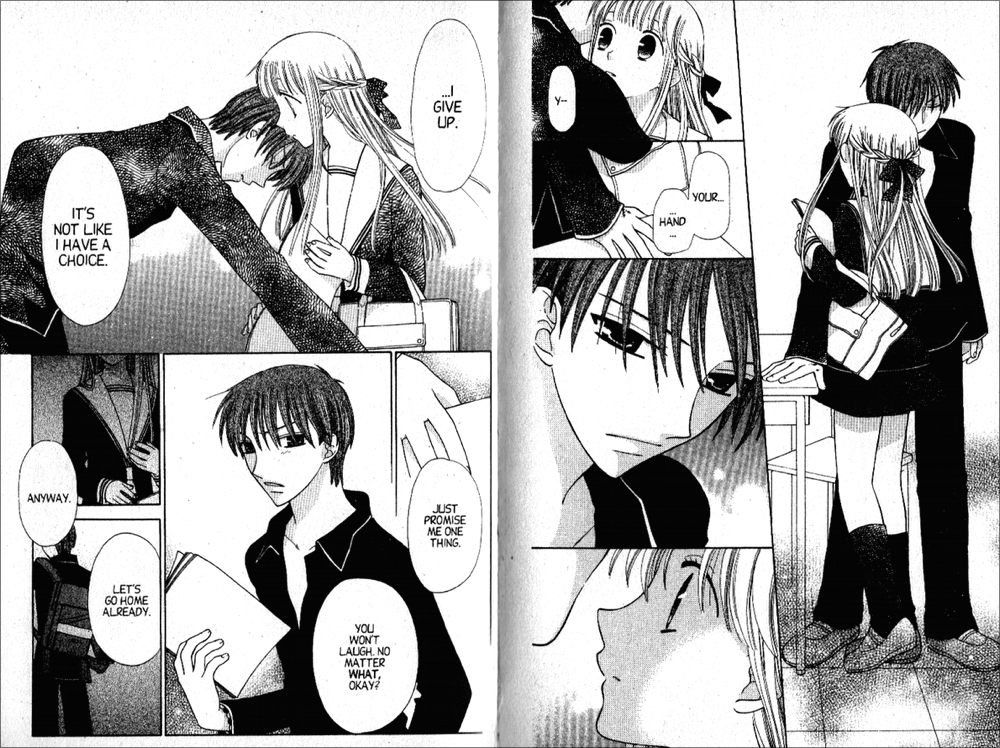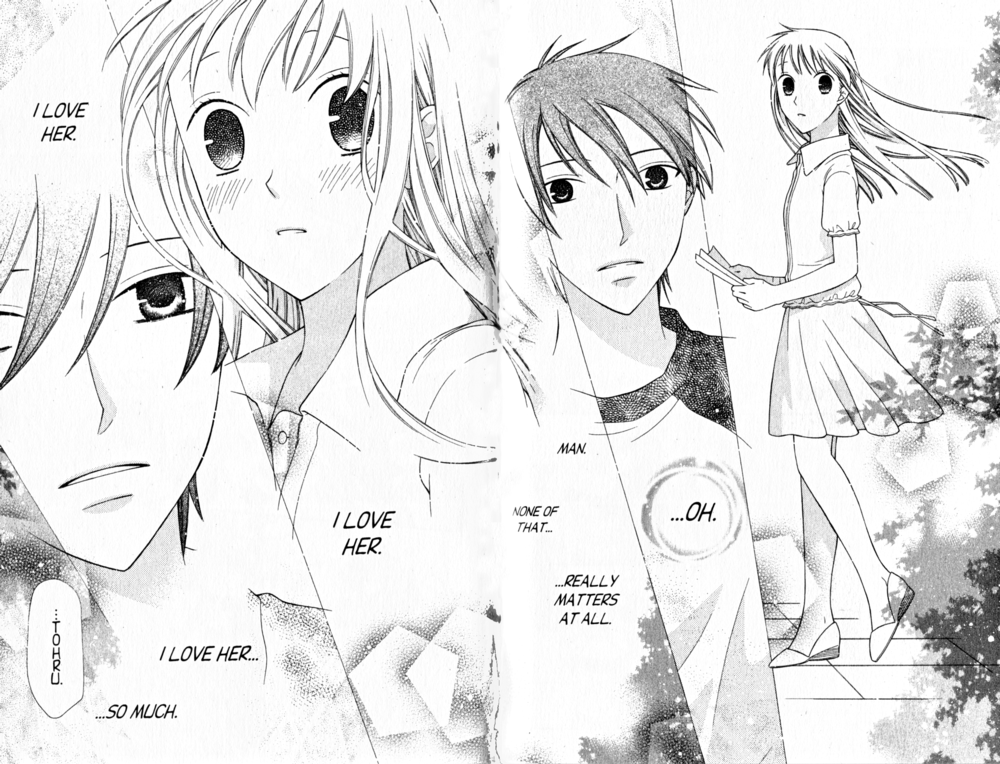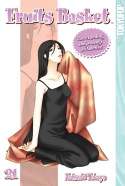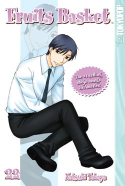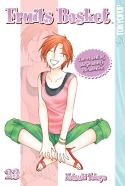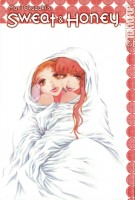 Creator: Mari Okazaki
Creator: Mari Okazaki
U.S. publisher: Tokyopop
ISBN: 9781591827979
Released: February 2005
Original release: 2002
Back in 2005 Tokyopop launched a short-lived line of josei manga called Passion Fruit, describing it as a collection of innovative and edgy works. Only two volumes were ever released before Passion Fruit faded out of existence: Mari Okazaki’s Sweat & Honey and Junko Kawakami’s Galaxy Girl, Panda Boy. I learned about all of this long after the fact and only discovered the Passion Fruit line while searching for more translated manga by Okazaki after rereading her series Suppli (which was sadly left incomplete in English after Tokyopop’s decline.) Currently, Sweat & Honey is her only other work available, which is a shame. Sweat & Honey was originally published in Japan in 2002 before being released in English in 2005. I didn’t realize it when I first picked up a copy–initially I was interested in the fact that it was by Okazaki more than anything else–but Sweat & Honey incorporates sapphic elements and yuri undertones which made me even more curious to read it.
Sweat & Honey collects five short, unrelated manga, most of which focus on the close, personal, and intimate relationships between women, ranging from friendship to love and even more complicated bonds. The volume opens with “After Sex, A Boy’s Sweat Smells Like Honey,” from which the collection draws its name. In it, a young woman is staying with her cousin; her attitudes toward and dislike of men has her cousin reevaluating her own romantic relationships as the two women grow closer. In “About Kusako,” Moeko stumbles upon a girl literally growing out of the ground. It’s a curious story and the most fantastical one included in Sweat & Honey. “Sister” follows Chinami, a highschool girl, and Kayo, her 35-year-old neighbor who leads a much more fulfilling life than most realize. The longest story, “The Land Where Rain Falls,” is told in three parts. It delves into the intense and twisted connections between Kumi, her classmate Kaya, and Kaya’s older brother. The volume closes with “Iced Tea,” in which a young man looks back on one of his first crushes, his seventh-grade teacher.
Sweat & Honey, though occasionally lighthearted, is a manga that deals with very mature themes–death, coming of age, self-discovery, nostalgia–and can frankly be disturbing from time to time. Okazaki’s artwork aids tremendously in creating this atmosphere in the volume. Her illustrations are sensuous and provocative, with a languid heaviness to them. They are beautiful, but also somewhat disconcerting and ominous, too. The page layouts in Sweat & Honey are also interesting, often featuring a large background panel which sets the scene with smaller, overlapping panels that focus a reader’s attention on a particular detail of the people who inhabit it. The elegant line of a neck, hesitant glances or a sly smile, an exposed breast, shifting legs and feet, entwined fingers or tightly clasped hands, all are accentuated. Because of this, the young women in Sweat & Honey seem to exist both in their world and apart from it. Okazaki reveals their personal and private thoughts and feelings while at the same time exposing their physical selves.
Although the short manga collected in Sweat & Honey aren’t related by characters or by plot, they all share an emphasis on the inner and outer lives of women and their relationships with each other. Even “Iced Tea,” which is told from the perspective of a young man, is focused on his female teacher. Although the ties between the women in Sweat & Honey are the most crucial, their associations with men and how those associations impact their other relationships are also very important. The older cousin in “After Sex, A Boy’s Sweat Smell s Like Honey” has a boyfriend, but she isn’t able to connect with him in the same way that she does with her younger relative. Moeko drifts away from Kusako when a boy enters the picture. Kayo’s seeming lack of romantic involvement is one of the things that bothers Chinami the most. And in “The Land Where Rain Falls,” the nearly incestuous relationship instigated by Kaya is one of the key elements of the story. But in the end, while the men have their place in the manga, the true focus of Sweat & Honey is on its young women and their experiences.
